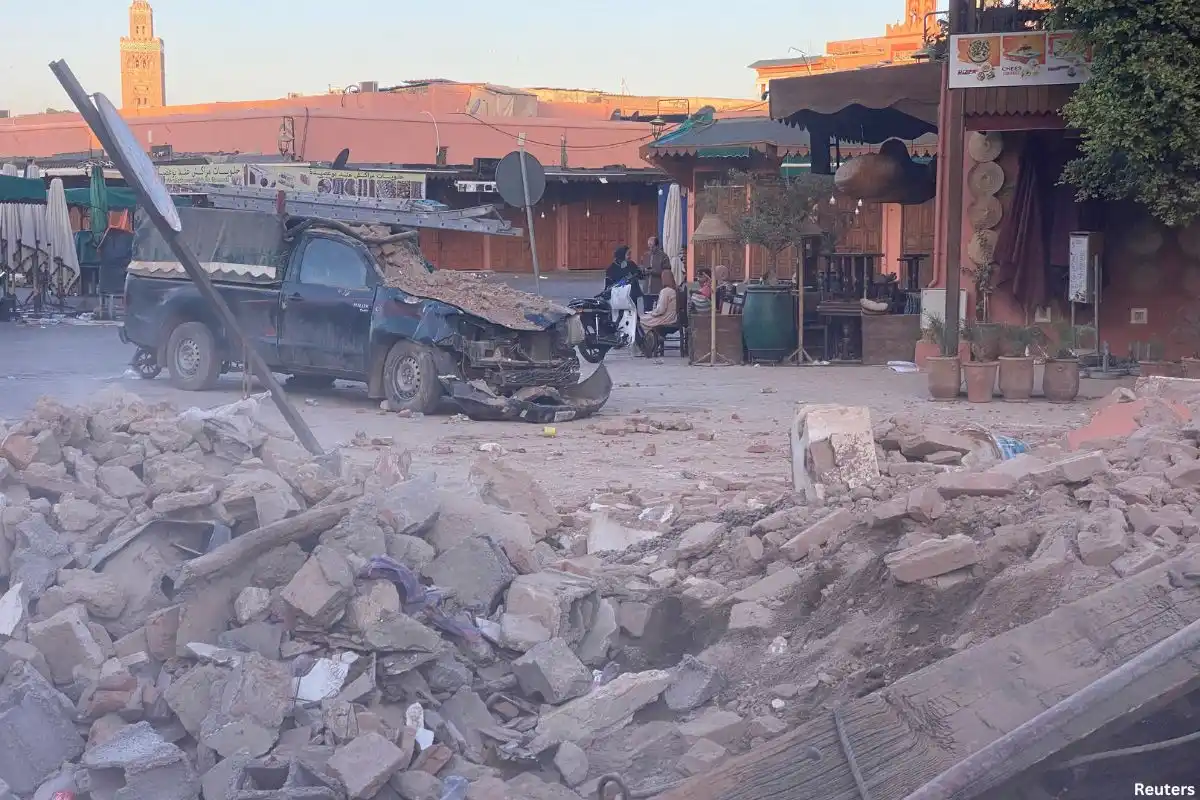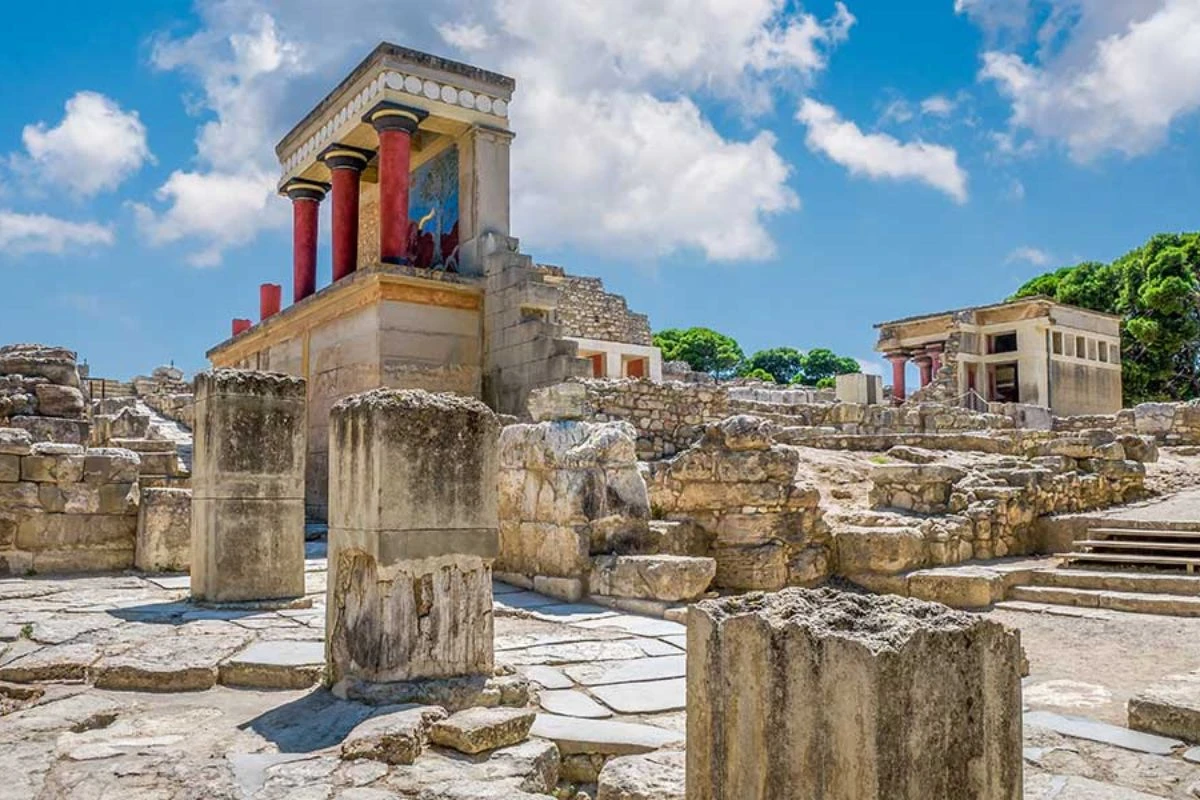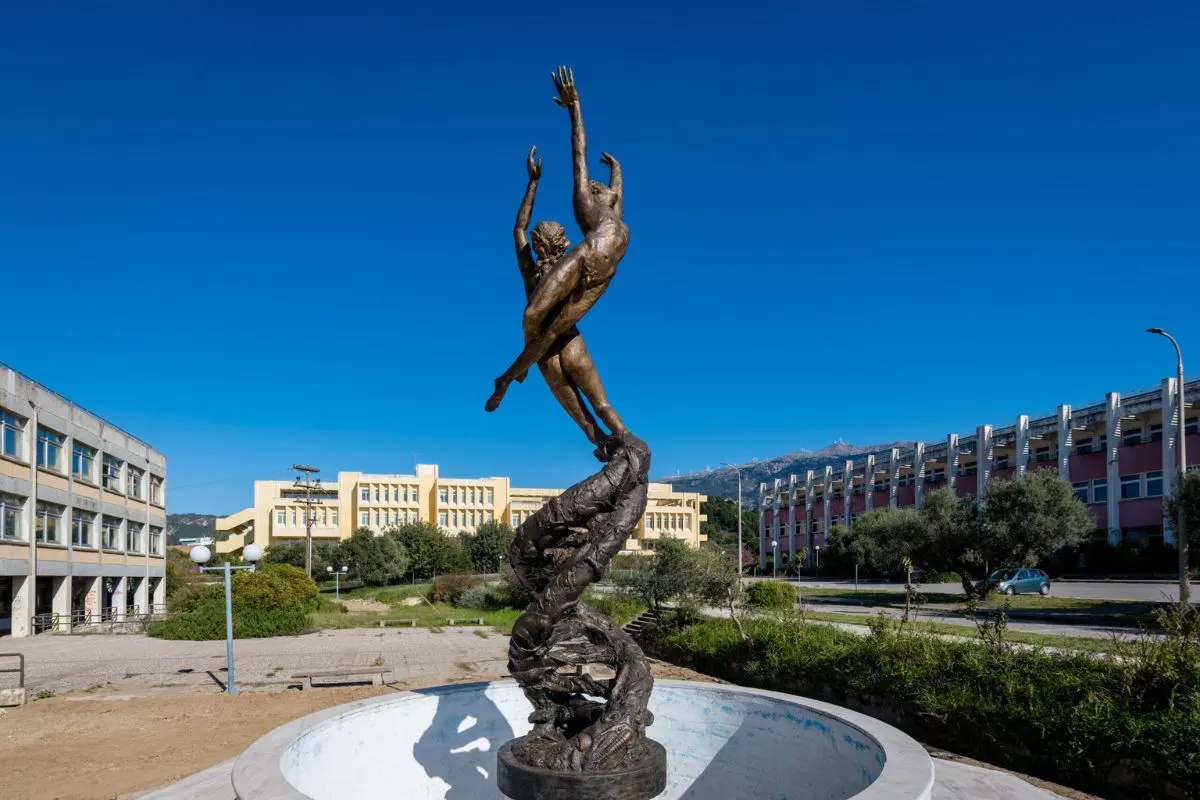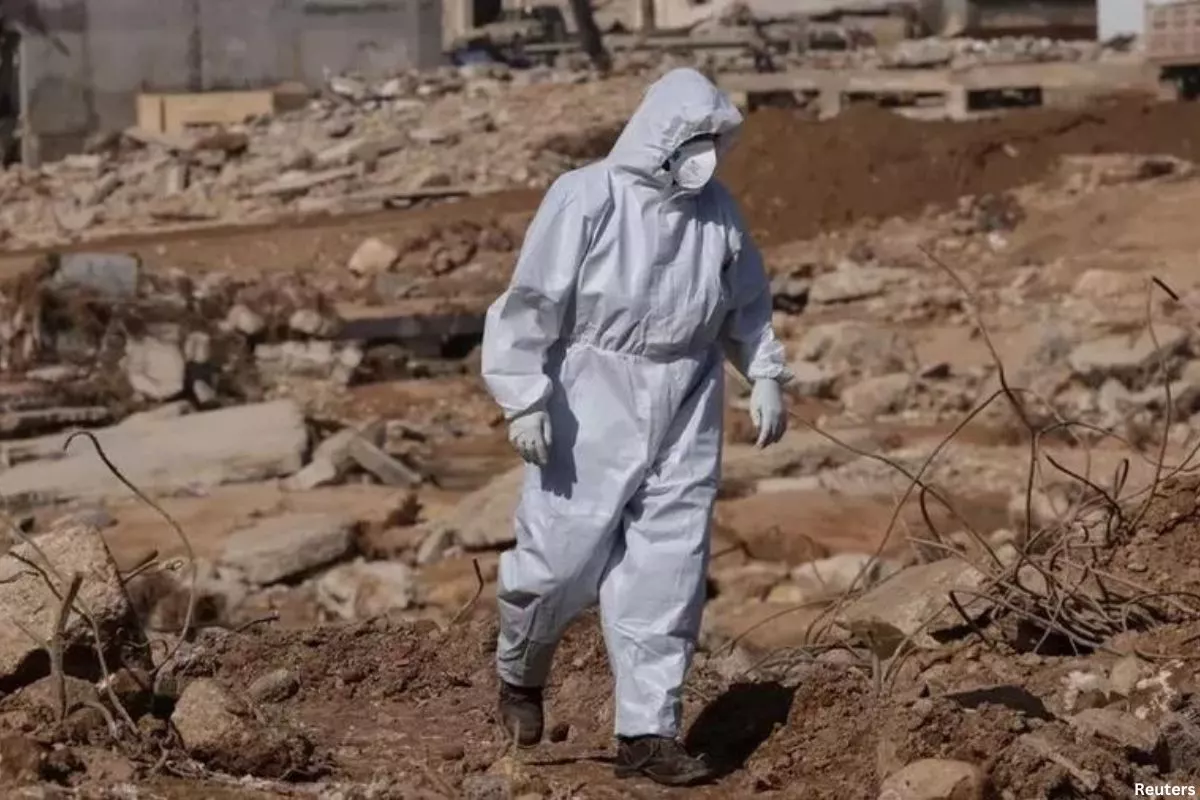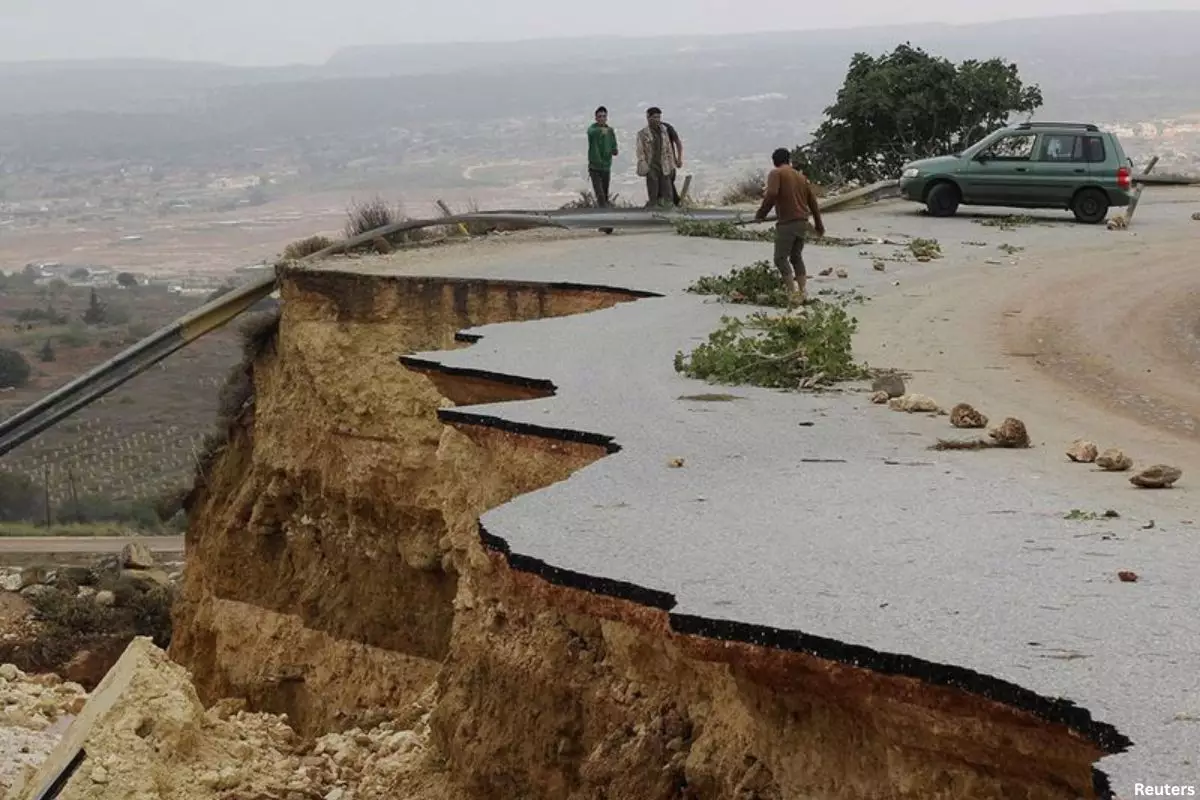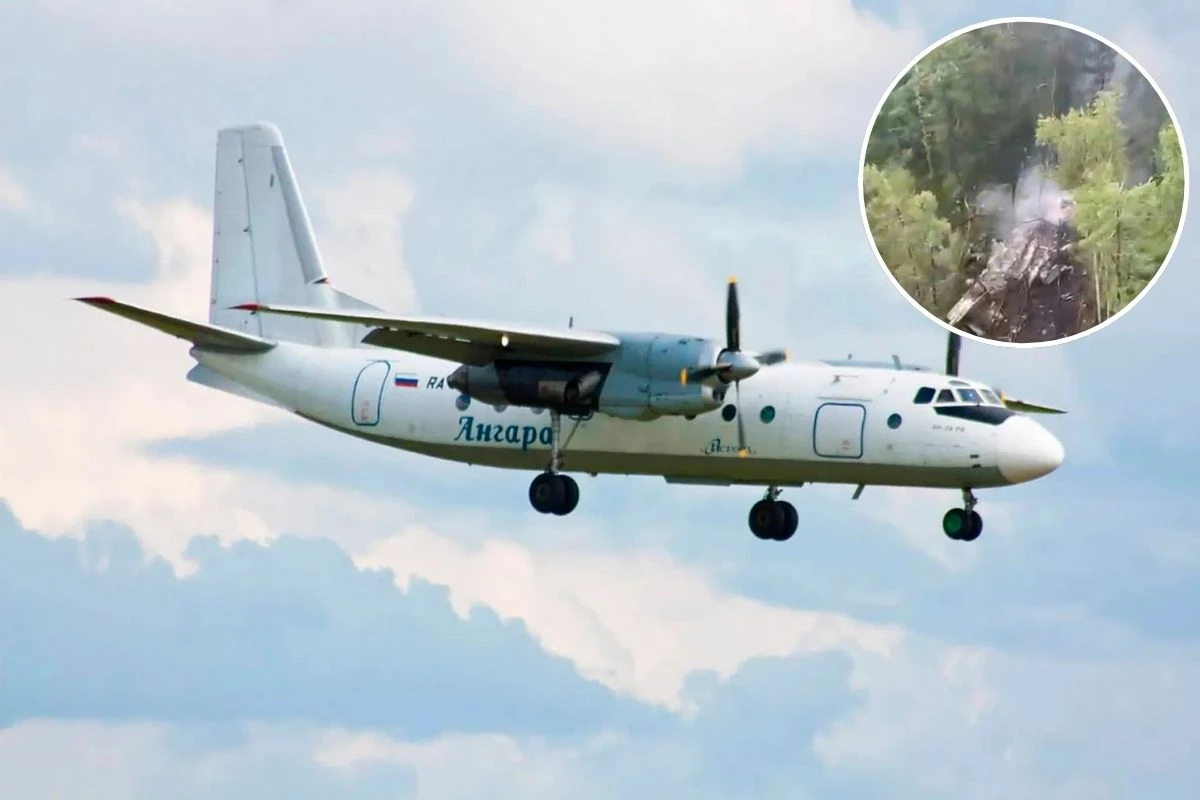Rabat, Morocco – Morocco is grappling with a devastating earthquake aftermath as the death toll continues to rise, exceeding 2,000 casualties. The powerful earthquake has left a similar number of individuals injured, with over 1,400 facing severe injuries. The most heavily impacted regions are located just south of the city of Marrakesh.
In response to the calamity, King Mohammed VI has declared three days of national mourning and issued directives for the immediate provision of shelter, food, and essential assistance to survivors. Many residents are spending a second night outdoors, fearing aftershocks.
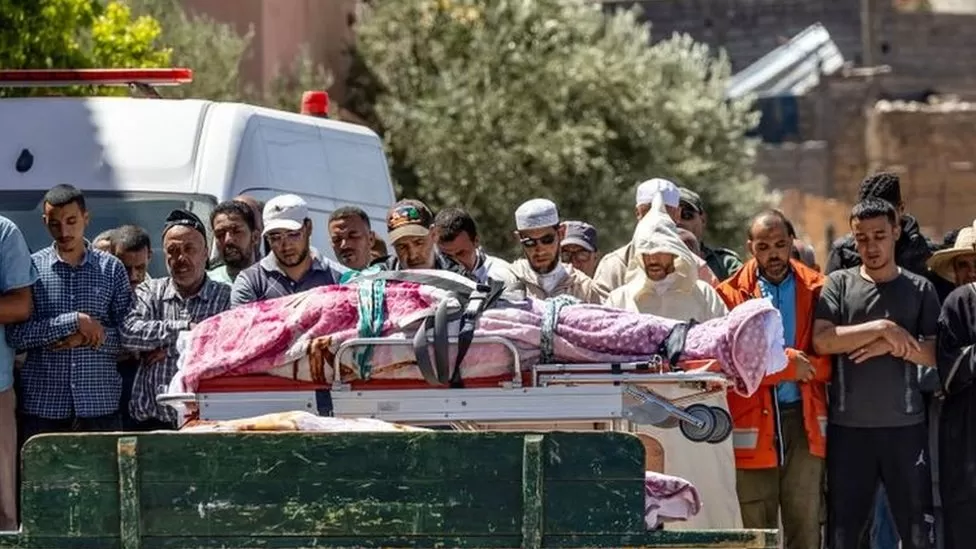
The earthquake, measuring a magnitude of 6.8, struck Marrakesh and numerous towns on a fateful Friday night. In remote mountain areas, entire villages are reported to have been leveled.
The epicenter of this catastrophic event was in the High Atlas Mountains, situated 71 kilometers (44 miles) southwest of Marrakesh, a city renowned for its world heritage status and popularity among tourists. However, the tremors were felt as far as the capital, Rabat, 350 kilometers away, as well as in Casablanca, Agadir, and Essaouira.
The Moroccan interior ministry has identified Al Haouz province as having the highest death toll, followed closely by Taroudant province. Marrakesh, although suffering significant damage, has witnessed relatively fewer casualties, though its Unesco-protected old city has sustained considerable harm.
The devastation is particularly profound in remote mountain villages, where it is believed that many simple mud brick, stone, and timber homes have collapsed. Assessing the full extent of the damage in these isolated areas will require time and effort.
The royal palace has announced that flags will be flown at half-mast on all public buildings across the nation for the next three days in honor of the earthquake victims.

In response to the crisis, King Mohammed VI has ordered the armed forces to support rescue teams, while the Moroccan people have rallied to donate blood as part of a national effort to assist the victims.
This earthquake stands as the deadliest in Morocco since the devastating 1960 Agadir earthquake, which registered a magnitude of 6.7 and claimed more than 12,000 lives. Moreover, Friday’s seismic event is the most potent earthquake to strike Morocco in over a century.
The United Nations has expressed readiness to aid the Moroccan government in its rescue and relief efforts, and numerous countries, including Spain, France, and Israel, have pledged their support.
Despite recent strained relations, neighboring Algeria has opened its airspace to humanitarian flights destined for Morocco, as numerous families found themselves trapped when the earthquake struck in the dead of night.
As the nation grapples with this heartbreaking disaster, stories of survival and resilience emerge from the rubble, as Moroccans unite to face the challenges posed by this catastrophic earthquake.
